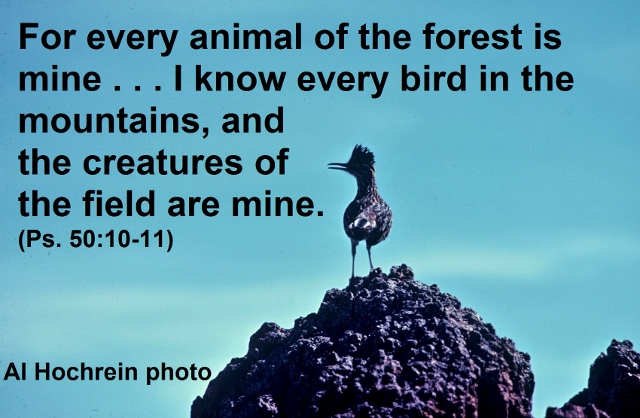
Part Ten: DARWIN’S UNSOLVED MYSTERY: WHERE ARE THE TRANSITIONAL FOSSILS IN THE FOSSIL RECORD?
Let’s assume by some miracle single-celled life somehow emerged out of a primordial, inorganic muck (see part four) and evolved into multi-celled animals. According to the evolutionary timeline, multicellular life would have had to evolve virtually “overnight.” This well-known fact is a result of the so-called “Cambrian Explosion,” and it’s a formidable argument against naturalistic evolution because, as philosopher of scientist Stephen Meyer put it, the “phenomenon would have required the sudden infusion of massive amounts of new genetic and other biological information that only could have come from an intelligent source.” (The Case for a Creator, 238)
Evolutionists believe that for several billion years prior to the Cambrian Period life on earth consisted almost entirely of single-celled organisms such as bacteria and algae. Suddenly, about 550 million years ago, the Cambrian Period exploded on the geological scene. During a mere five to fifteen million years (a minute length of time in evolutionary history), well-preserved representative fossils of nearly every phyla of invertebrates (animals without backbones) that ever lived suddenly appeared in the fossil record. These highly complex organisms include trilobites, jellyfish, worms, corals, mollusks, starfish, sea urchins, and the supposed ancestors of spiders, insects and crustaceans (crabs, lobsters, shrimp, and so on).
What’s difficult for Darwinist to explain is the high degree of complexity in these creatures, how they evolved so quickly, and where is the fossil record of their ancestors? All the representative Cambrian invertebrates suddenly appeared in the fossil record fully formed and without ancestors. In other words, millions of species of diverse, complex, highly organized, multi-celled animals supposedly evolved from single-celled organisms without a single pre-Cambrian transitional fossils ever being found.
Not only do many highly complex invertebrates have no evolutionary past, they have no evolutionary future. Those that have not become extinct have changed little or not at all from their first appearance in the fossil record to the present day. For example, many modern insects and other arthropods (dragonflies, cockroaches, centipedes, crustaceans, spiders, etc.) showed up in the fossil record millions of years ago fully developed and looking almost exactly as they do today, except for size. (Many fossilized insects are larger than modern specimens.) Evolutionary scientists estimate that it would require 250 million years, for instance, for insects to evolve. But where are the missing 250 million years of transitional fossils that supposedly evolved into insects?
The lack of ancestral species prior to the Cambrian Period, and limited physical modifications in crustaceans and arthropods, are easily explained in the creationist’s model of origins. They have no ancestors because God created them! Moreover, when God created various “kinds” of animals, He also created their genetic potential for diverse design forms (microevolution, see part eight). Thus, subsequent species are relatively minor variants of the original created designs. ©
Next week’s blog will focus on vertebrates—animals with backbone. Is their fossil evidence to prove they evolved from invertebrates and continued to evolve into fish, amphibians, reptiles, birds, and mammals?